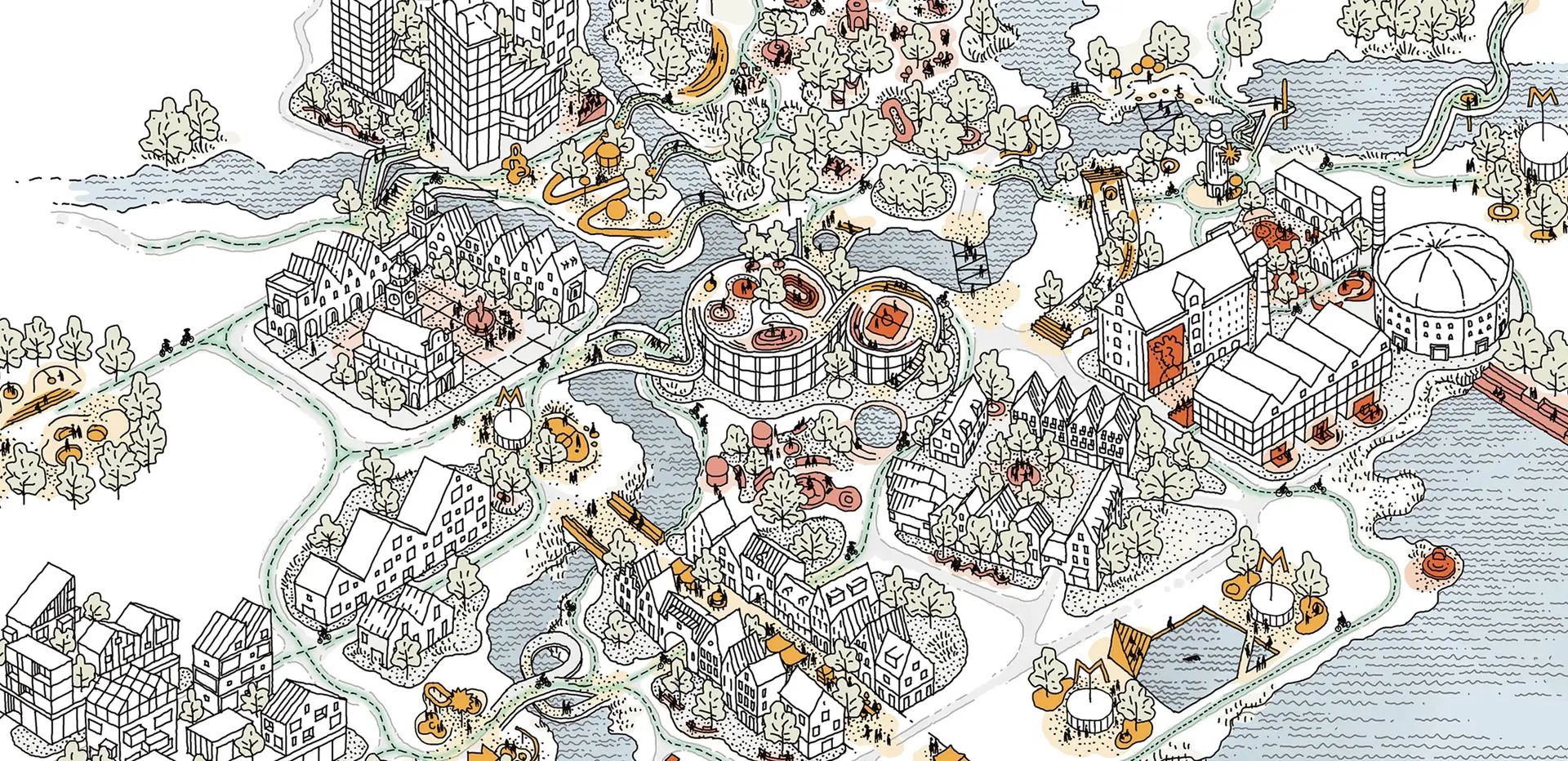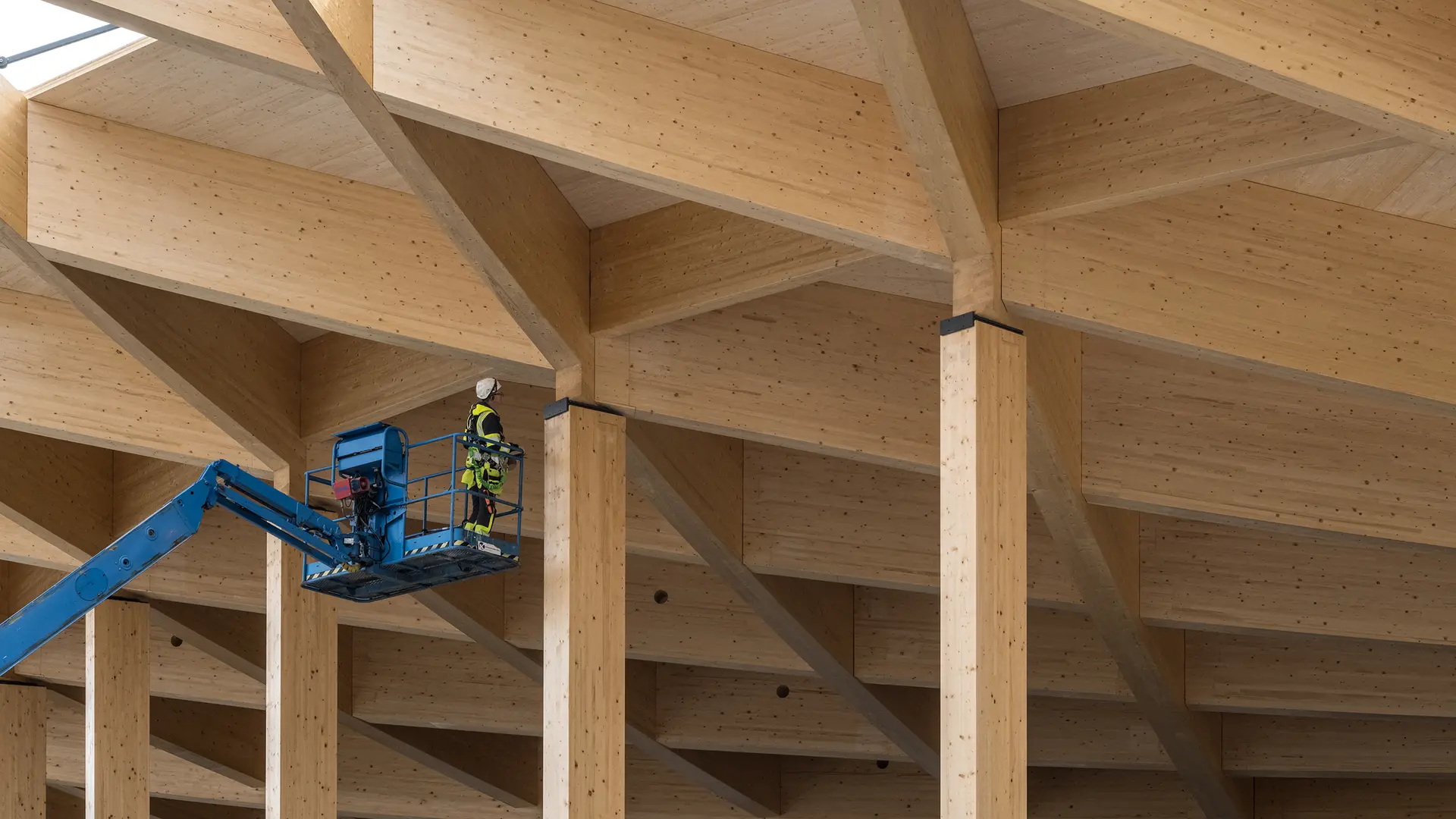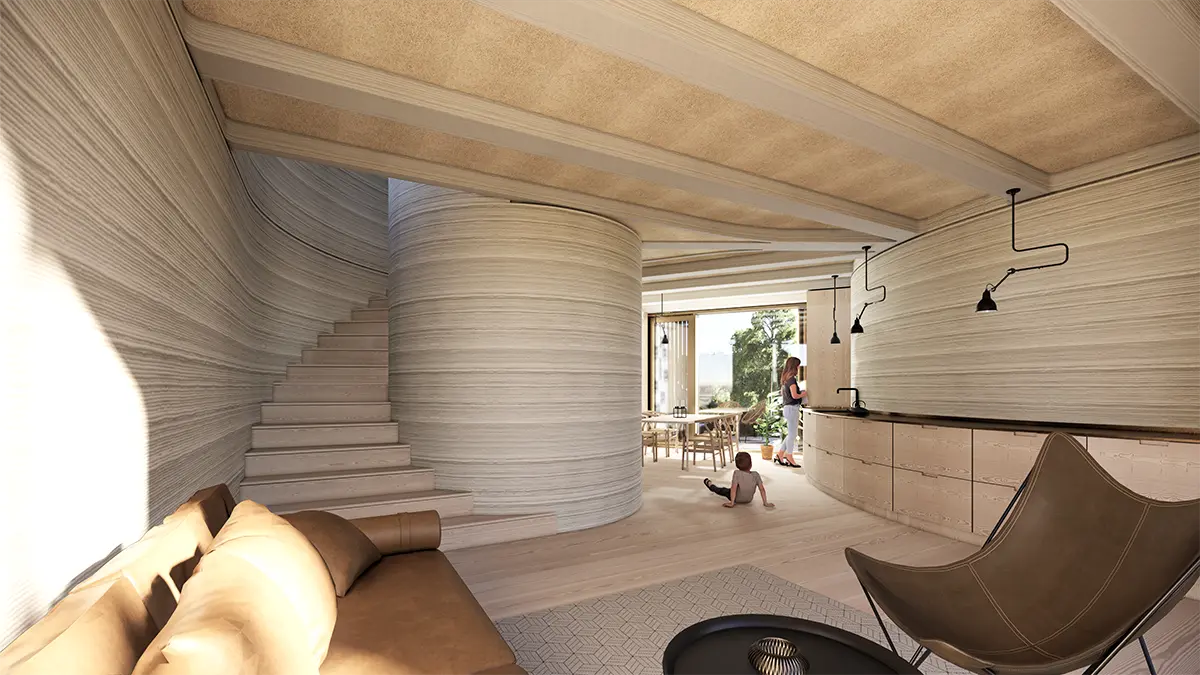How a private building lives a public life

To help Siemens’ headquarters fit into its historic Munich context; we reinvented the traditional office paradigm to create a space that gave back to the city.
In most corporate buildings, the relationship with the public stops at the front step. The inclination for privacy is natural but effectively locks down the urban fabric to create islands of architecture and reduce public space in the city. In our Siemens Headquarters, we sought to shift the paradigm and create a new headquarters that connected to the context of the city while still upholding the needs of the client. Here’s how:
1) Giving an Old Tradition a New Spin
Courtyards are a common feature in Munich’s architecture, doubling in purpose as a light source and semi-private exterior space. In Siemens, these traditional elements are given a public personality with small passages connecting the courtyards at ground level to allow the passage of people and light alike.
2) Providing a Shortcut through the Heart of the City
Rather than relying on a friendly façade alone to connect the building to the urban fabric, the Siemens headquarters opens its ground level to the public – an unusual move in private buildings. Integrating ‘the street’ in the fabric of the building itself has made it a public pathway, linking the historic and museum districts of Munich and embedding the building at the heart of people’s daily routes and routines.
3) Energizing Sustainability with In-House Expertise
Siemens’ reputation for innovation was not only a point of inspiration in the design but a resource. From the beginning, structural work was only done with materials that could be manufactured and transported with as little energy consumption as possible. Today, the building is constantly monitored by a building management platform that takes information from nearly 30,000 data points to adjust the heating, cooling, and ventilation to be as efficient as possible. Rainwater is collected and redistributed to flush toilets and irrigate outdoor areas. Even the roof is part of the system of sustainability, with photovoltaic panels generating nearly a third of the building’s electricity.



